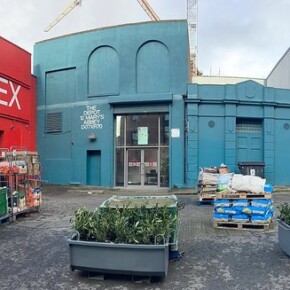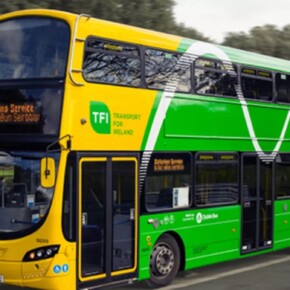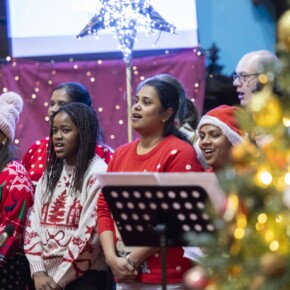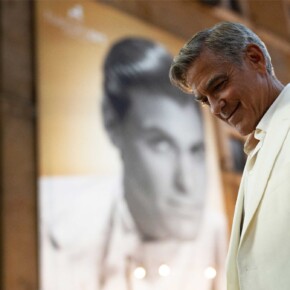Remembering the Howth Gun Running
Dublin People 19 Jul 2014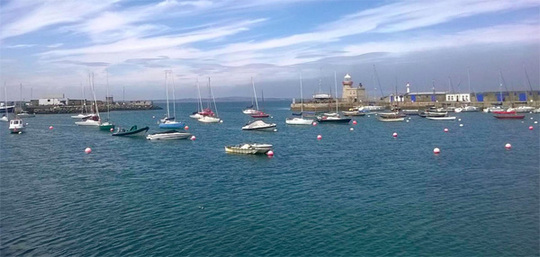
ONE hundred years ago this week, Irish republicans successfully landed a significant amount of guns and ammunition at Howth Harbour, during an event that has become celebrated as the
‘Howth Gun Running’. These munitions would later be famously used during the 1916 Rising.
At 1pm on July 26 1914, Erskine Childers and his crew consisting of Molly Childers, Mary Spring Rice, Patrick McGinley and Charles Duggan, sailed the Asgard into Howth Harbour. The yacht was carrying a precious cargo of 900 Mauser M1871 11mm calibre, single shot rifles and 29,000 rounds of black powder ammunition. The rifles were old, dating from the Franco-Prussian War of 1870-71, but to the delight of the republicans, they were in fine working order.
Eagerly awaiting the arrival of the Asgard on the pier, were members of Na Fianna Ã?ireann, Cumann na mBan, the Irish Volunteers and the Irish Citizen Army, along with some of the leading names in Irish Nationalism including Bulmer Hobson, Countess Markievicz, Thomas MacDonagh and Douglas Hyde.
The idea to stage the gun running had been hatched in April 1914, in the aftermath of the Curragh Mutiny and it was made all the more necessary by the successful Larne gun running operation carried out by the Ulster Volunteer Force in late April.
Planning the operation fell to
‘The’ O’Rahilly, Director of Arms in the Irish Volunteers, Roger Casement, Mary Spring Rice, Alice Stopford Green, Darrell Figgis and Erskine and Molly Childers. Stopford Green provided the money for the rifles on loan while Mary Spring Rice and Molly Childers established a fundraising committee, which successfully raised over £2,000.
O’Rahilly managed to put Casement and Figgis in touch with a German arms dealer, who agreed to sell rifles to them. A deal was struck for 1,500 rifles and 49,000 rounds of ammunition and arrangements were made for the shipment to be delivered at sea.
The Asgard, skippered by Childers and the Kelpie, captained by Conor O’Brien, collected the weapons from a German tugboat off the Belgian coast. A total of 900 rifles were loaded aboard the Asgard while the rest of the consignment was loaded aboard the Kelpie, which was bound for Kilcoole, County Wicklow.
The guns completely filled the cabin on the Asgard and for the entirety of the return journey the crew were forced to cook, eat and sleep on top of the uncomfortable but precious cargo.
Mary Spring Rice kept a fascinating diary during the voyage. The diary not only details how the crew battled against rough weather, but also, how the Asgard daringly sailed through an entire fleet of the British Navy, preparing for service in the Imperial War, off the coast of England.
Once the guns and ammunition had been unloaded at Howth, the republican forces began to march back towards Dublin City with their new, unloaded rifles on their shoulders. The Howth Harbour Master, having witnessed the enthralling events however, alerted the British authorities. A regiment of the Kings Own Scottish Borderers, based at Kilmainham, was dispatched to confront the rebels.
The two groups met at Clontarf and a stand off ensued. Local volunteers from Howth and Skerries held the front line against the British troops as Bulmer Hobson and Thomas MacDonagh made it clear to the soldiers that they would not get their hands on the weapons. MacDonagh, keenly aware of the historical significance of the event, later wrote:
‘This was our Battle of Clontarf’.
As the stand off continued, the main body of the republican ranks quietly made their getaway through the surrounding fields and gardens. The
‘Howth guns’ were spirited away to safety. Outraged at being outwitted by the republicans, the British army began to march back towards Dublin, determined to confront the rebels and capture the rifles.
News of the successful gun running began to break across the city. As the British troops made their way along Amiens Street and O’Connell Street in the city centre, they were loudly jeered by a hostile crowd. As the soldiers turned onto Bachelors Walk, they were again confronted by a hostile, jeering crowd. This time the British opened fire on the citizens of Dublin. Four people were killed as a result of the shooting and 38 were injured. The event quickly became known as the Bachelors Walk Massacre and the British regiment responsible became known in Ireland as the Kings Own Scottish Butchers.
Fearing that the movements of the Kelpie had become known to the British authorities, the cargo of rifles and ammunition were transferred to the Chotah, captained by Thomas Myles. Bad weather delayed the final journey of the Chotah and the arms were safely landed at Kilcoole a week later on August 1, 1914.
The Howth Gun Running took place one hundred years ago this week and was an event of key importance in the run up to the 1916 Rising.





